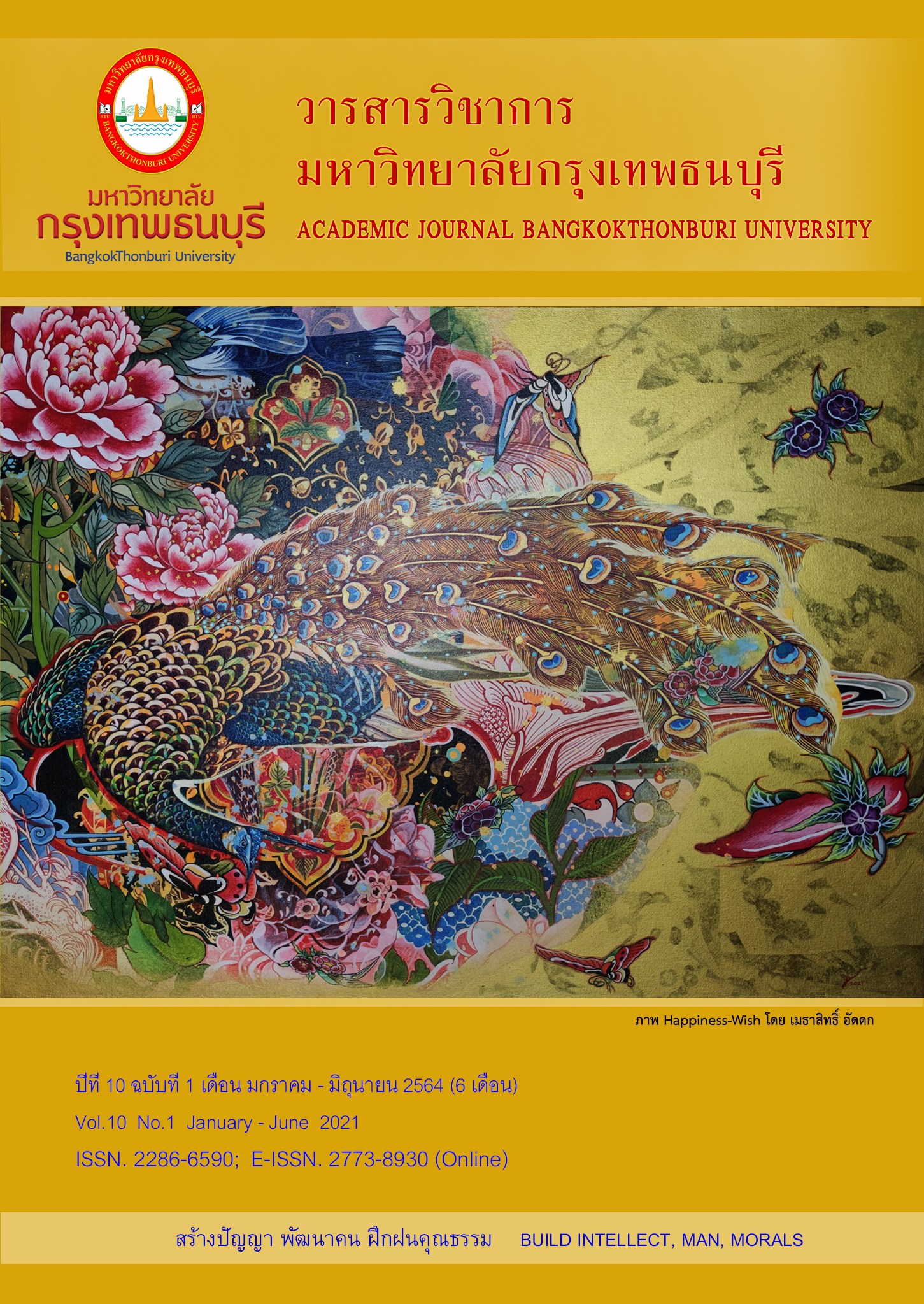Male Cosmetics Purchasing Behavior in China
Main Article Content
Abstract
With the continuous development of social economy and consumption upgrade, Chinese men's consumption concept has changed a lot, especially more and more male consumers began to pay attention to skin care, began to consume cosmetics. The main purpose of this study was to find out the factors influencing Chinese men's cosmetics buying behavior. This paper is to answer the impact of product factors, psychological factors, consumer culture factors, group factors on Chinese male consumers cosmetics buying behavior. The survey was conducted in the form of questionnaires distributed to men aged 20 to 50 living in Guangzhou, Shanghai, Hangzhou, Shenzhen and Beijing. The total sample consisted of 432 respondents. In this paper, SPSS 24.0 software was used for analysis by factor analysis, correlation analysis and regression analysis. The results showed that the majority of male customers who used skincare products said their main reasons for using skincare products were to boost confidence, improve skin, personal care and enhance attractiveness.
Article Details
References
Armstrong, G., Ad, S, S. & Kotler, P. (2012). Principles of marketing, Pearson Australia. French's Forest.
Bradford T.W., Grier S.A. and Henderson G.R. (2012). Gifts and gifting in online communities[A]. Belk, R.W., Askegaard, S. and Scott, L. (Eds.), Research in consumer behavior[C]. Bradford UK: Emerald Group,14, 28-46.
Barry, B. (2014). Demand for diversity in men's fashion advertising. Critical Studies in Men’s Fashion, 275-93.
Barry, B. & Martin, D. (2015). The Dapper Man: The Consumption of Fashion and the Expression of Manhood by Young Men, Critical Studies in Men's Fashion, 5-21.
Baxter, P. & Jack, S. (2008), Qualitative case study methodology: research design and implementation for novices, The Qualitative Report, 544-59.
Daniel, S. & Bridges, S. (2013). The relationship between male body image, masculinity and sexual satisfaction. Male psychology and masculinity, 14(4), 345-351.
Erzoy, N.F, Yolal, M, & Bulent, B. (2015). Cosmetics consumption by urban men in developing countries. Studiaubbnegotia,LX, 3, 5-22.
Frederick, D. A., *Sandhu, G., Morse, P. J., & Swami, V. (2016). Correlates of appearance and weight satisfaction in a U.S. national sample: Personality, attachment style, television viewing, self-esteem, and life satisfaction. Body Image, 17, 191-203. doi: 10.1016/j.bodyim.2016.04.001.
Lan sajia, (2018), Big data: the cosmetics that men love to buy are originally it. Retrieved from https://www.jianshu.com/p/fc9b86ffaf89
Yang qiuyue. (2018). Chinese male cosmetics market is growing rapidly. Retrieved from https://www.sohu.com/a/217279759_168553
Watt, M & Ricciardelli, LA 2012, Qualitative research on body image and physical appearance of Chinese Australian males, Body Image, vol. 9, pp. 118-25.
Hoyer, W.D., Maclnnis, D.J.,&Pieters, R. (2012). Consumer Behavior (6), Cengage Learning.
Rangkaputi, S. (2017), Male image, masculinity, and consumer behavior in relation to cosmetics: a study of Thai men in Bangkok. Retrieved from https://epubs.scu.edu.au/theses/547.


